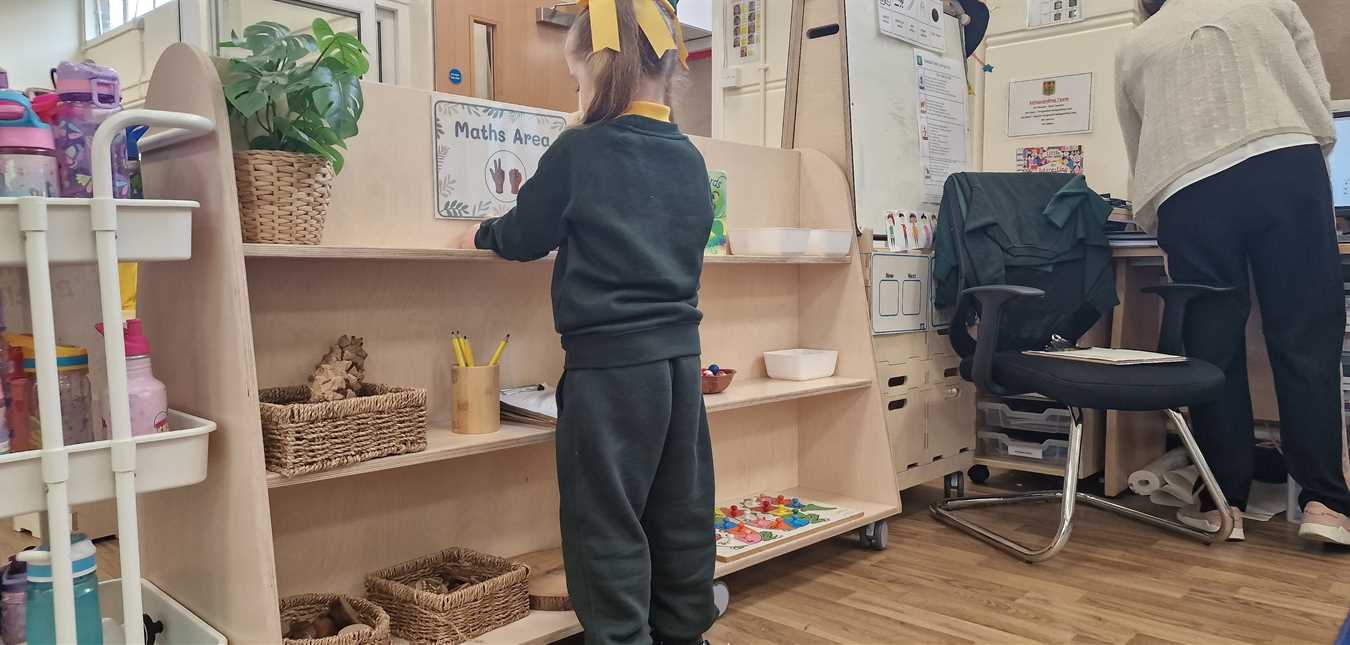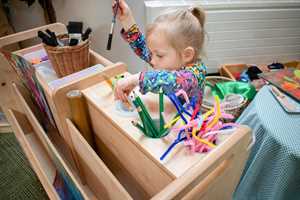Children's Health
How to Support Children with Hearing Impairments in the Classroom
A school environment often depends on a child's ability to hear well. Mild hearing loss can have a major impact on all aspects of a child's development including language and literacy skills, working memory, attention and concentration and social skills. According to Department of Education statistics, 'A child with a mild hearing loss can miss up to 50% of what is being said in the classroom.' Subsequently, 'In England children with a mild hearing loss underachieve by a whole grade per GCSE.'
.jpg)
This blog looks at how we as educators can best support children in mainstream classrooms with varying degrees of hearing loss.
Identifying Children with Hearing Loss
Hearing difficulties can arise at any time and for a variety of reasons. Educators can look for common signs of possible hearing loss in children which may include:
- Delays in response to instructions compared to peers.
- Straining to listen.
- Turning head to one side when listening.
- Watching speakers face and lips intently.
- Tiring easily.
- Immature or indistinct speech.
- Slow progress in learning to read.
- Playing alone and not engaging with group social activities.
- Asking questions about something already or recently explained.
- Appearing inattentive or as though daydreaming.
If you believe a pupil may have an undiagnosed hearing loss always consult a child's parents. You may be able to refer to advisory services, a school nurse or suggest that parents ask their GP for a referral to an audiologist.
.jpg)
What is Glue Ear?
Mild hearing loss can fluctuate especially if a child has glue ear. Glue Ear (otitis media) is a form of temporary hearing loss and the most common cause of hearing problems in childhood. Glue Ear affects the mechanism of the middle ear.
The Eustachian tube can become blocked, causing a watery fluid to be produced in the middle ear space. This fluid (which can thicken to a glue-like consistency) within the middle ear can cause intermittent problems with hearing which can be very confusing for children.
The effect of Glue Ear can be like listening with both fingers stuck into your ears. Factors that contribute to Glue Ear include repeated colds and flu and passive smoking. Children with genetic conditions such as Down syndrome are susceptible as they may have smaller Eustachian tubes and produce thicker mucus.
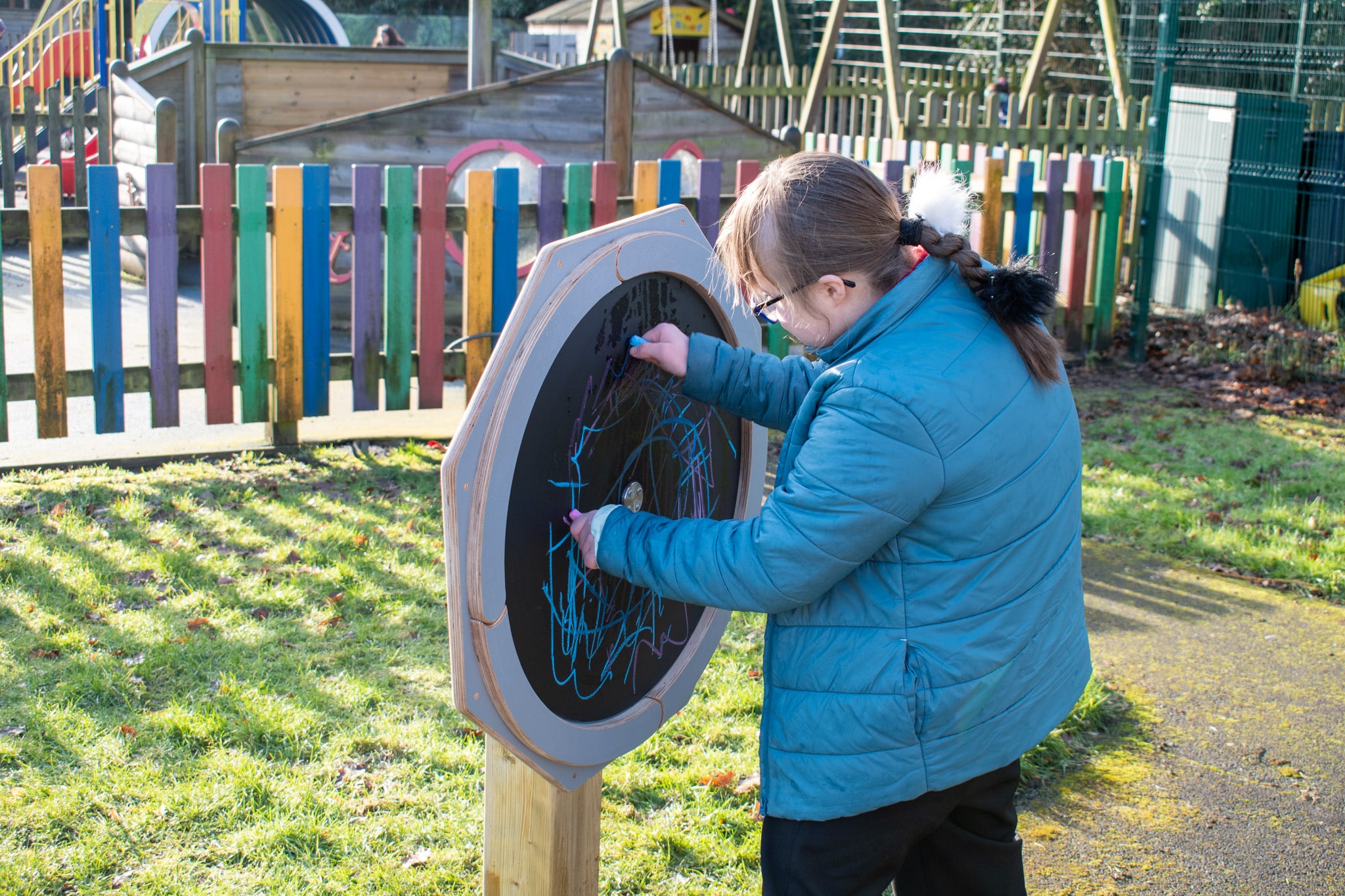
Children who have experienced reduced and inconsistent auditory input over a long period may not have understood or even heard some of the key elements of spoken language. Therefore they may need speech and language support and regular monitoring.
What is Unilateral Deafness?
Unilateral deafness means that a child has a hearing loss in one ear. The deafness can range from mild to profound in the affected ear.
When someone can hear well with both ears their brain is able to filter out unwanted background noise and can concentrate only on what they want to listen to.
This is much harder for a child with unilateral deafness. They may not be able to identify what is causing a sound, the direction a sound is coming from or be able to judge how far away a sound source is. A child may also find it difficult in a learning environment to understand speech when there is background noise.
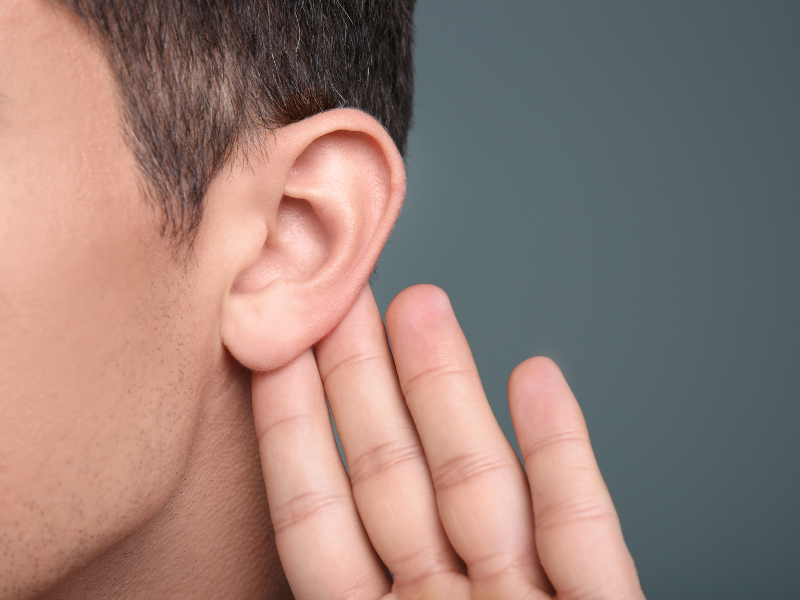
Children with unilateral deafness may not always overhear what people are saying or hear what's going on around them. It may seem as though they don't know what is happening around them.
Strategies educators can use to help:
- Establish which is the child's better ear and seat them to the best advantage. The stronger ear should be directed towards the source of the teacher's voice. The weaker ear should face the source of unwanted noise such as windows, corridors and doors.
- Encourage other students to speak clearly.
- Repeat instructions and explanations - include many visuals such as bullet points of key information or pictures next to new vocabulary.
Classroom Strategies to Help Children with Mild Hearing Loss
In order to help children with mild hearing loss in a mainstream primary school classroom:
- Ensure you have a child's attention by saying their name before you start talking and before changing topic. To make sure that a deaf child is aware of who is speaking you could state the name of fellow students before accepting their contribution.
- Speak clearly and at your normal rhythm and pace. Avoid shouting, speaking too slowly or mouthing artificially as this will distort speech and make you harder to understand.
- Make sure the child can see your face clearly to help them to hear you and to allow lip reading.
- Seat the child near the front of the classroom and slightly to one side. This will allow them to see you and also to notice and follow classmates' contributions. A child will rely on cues from others if they have not understood or heard you properly.
- Avoid standing in front of a window or bright light or turning your face to the board whilst speaking.
- Make your teaching materials as visual as possible by using photographs, graphics and other visual aids.
- Regularly check a child's progress and understanding.
- Encourage turn-taking and speaking one at a time during group work.
Create a Good Listening Environment
.jpg)
Classroom noise should be kept to a minimum to help children with hearing loss. Educators could consider:
- Are classroom doors closed? Rubber compression seals can be added to doors if noise coming into the classroom is a problem.
- Is there an electrical hum produced by lights, fans, computers or OHP's?
- Are windows left open when there is noise outside e.g. when grass is being mowed?
- Are radiators noisy?
- Could low-noise castors and self-closing doors be installed onto classroom furniture?
- Changing the ceiling tiles and adding acoustically absorbent panels to walls.
- Making sure chairs have rubber feet protectors for noise reduction.
- Covering hard surfaces with fabric.
- Padding the bottom of trays/pencil pots with felt/foam.
Open plan classrooms can be challenging spaces but improvements can be made by creating 'snug areas' using Millhouse Cosy Coves or by using Millhouse storage units or bookcases as partitions.
Hearing Aids
A child with a severe/profound hearing loss will most likely be wearing hearing aids. Hearing aids are usually the first piece of technology prescribed for a child with a hearing loss. They enhance the reception of sound through amplification.
Hearing aids can give deaf children greater access to speech sounds, which can help with their spoken language development. However hearing aids do not restore 'normal' hearing. Hearing aids function best in a quiet environment where the speaker is close to the listener.
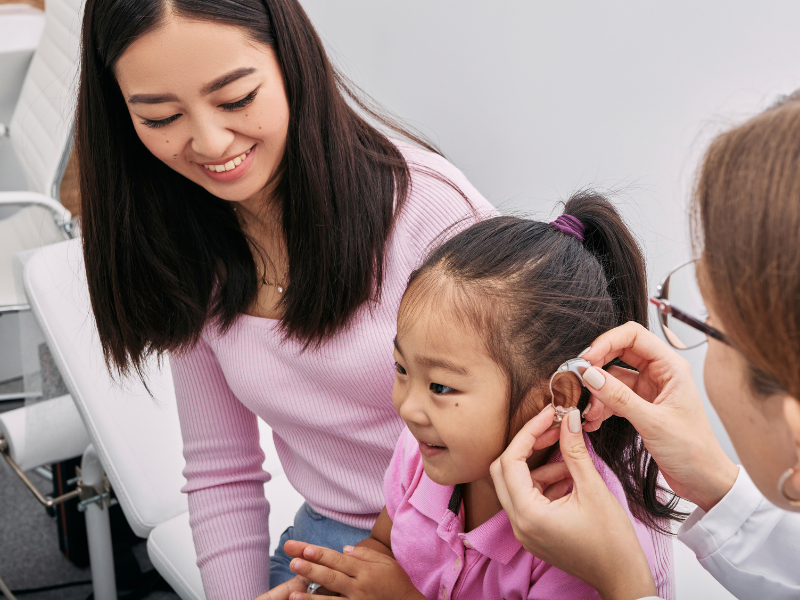
The most commonly prescribed aids are behind the ear. The microphone is front facing as most of the sound comes from the front.
The FM (radio) system
Most children using hearing aids in school would benefit from the use of a personal FM system. FM stands for Frequency Modulated Radio Transmission.
It is a personal listening device that comprises a remote speaker worn near the speaker's mouth, a transmitter worn by the speaker and a receiver worn by the listener. It creates a listening situation comparable to a teacher being 20cm from the child at all times.
Top Tips for Usage
- A deaf child will not hear you until you have put on and switched on the transmitter. Aim to do this as soon as pupils enter.
- Wear the microphone about 15cm away from the mouth.
- Visitors who need to talk to the class will need to have the transmitter passed to them.
- Other students may need to use the transmitter in a group discussion or when turn taking in reading.
- A member of staff should be trained to maintain and monitor the hearing technology on a daily basis, check for faults and troubleshoot. They will need to carry out a daily visual and listening check.
Aim to Reduce Fatigue
Deaf pupils have to concentrate harder on listening than hearing pupils which can be extremely tiring over long periods. Teachers need to consider the pace of lessons to include discussion and activities. It is important to recognise signs of tiredness in pupils so that breaks can be built in before frustration arises.
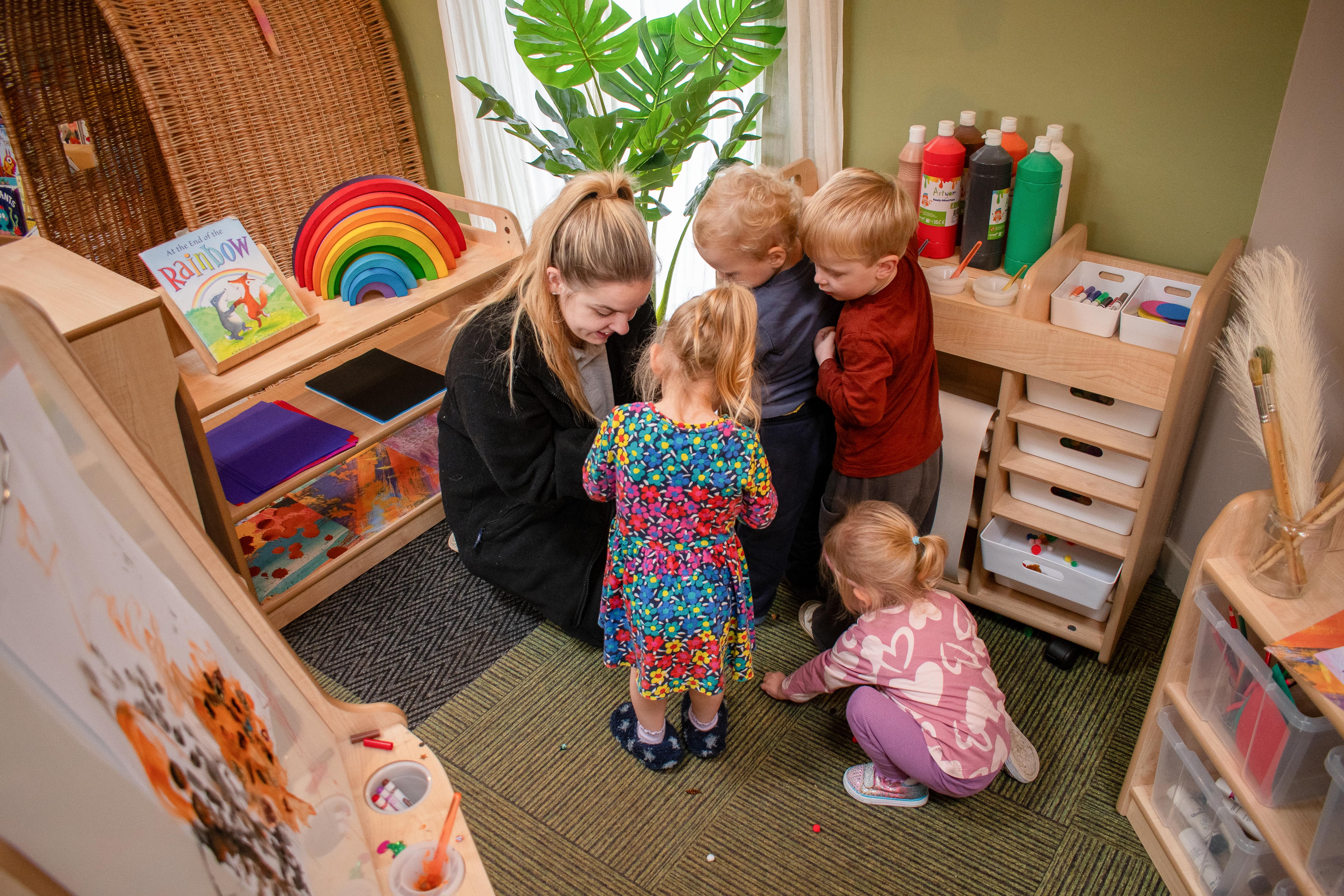
Creating an Inclusive Classroom and Encouraging Social Development
Feelings of isolation are all too common in children with hearing difficulties. Gaps in social skills and emotional development can easily result from being misunderstood and overlooked. Successful communication with other children is important for a deaf pupil's self-esteem.
Educators can:
- Make sure other pupils know how background noise affects the learning environment and how best they can communicate with deaf pupils.
- If a pupil signs, provide opportunities for other pupils to develop signing skills for example at a lunchtime club.
- Provide a 'Hearing Buddy' who can prompt a deaf pupil when something is missed.
- Set up 'Quiet Zones' inside and outside the school where deaf pupils can go to communicate with their friends.
- Liaise with other staff members to see whether communication between deaf pupils and other children is happening and whether adult support would be helpful.
- Make time to regularly chat with deaf pupils and their friends and discuss what does/would help them.
It is important that educators provide deaf students with necessary support whether this is through modification of teaching strategies, meeting language and communication needs, using technology, staff training, improving the listening environment or meeting the social and emotional needs of pupils.
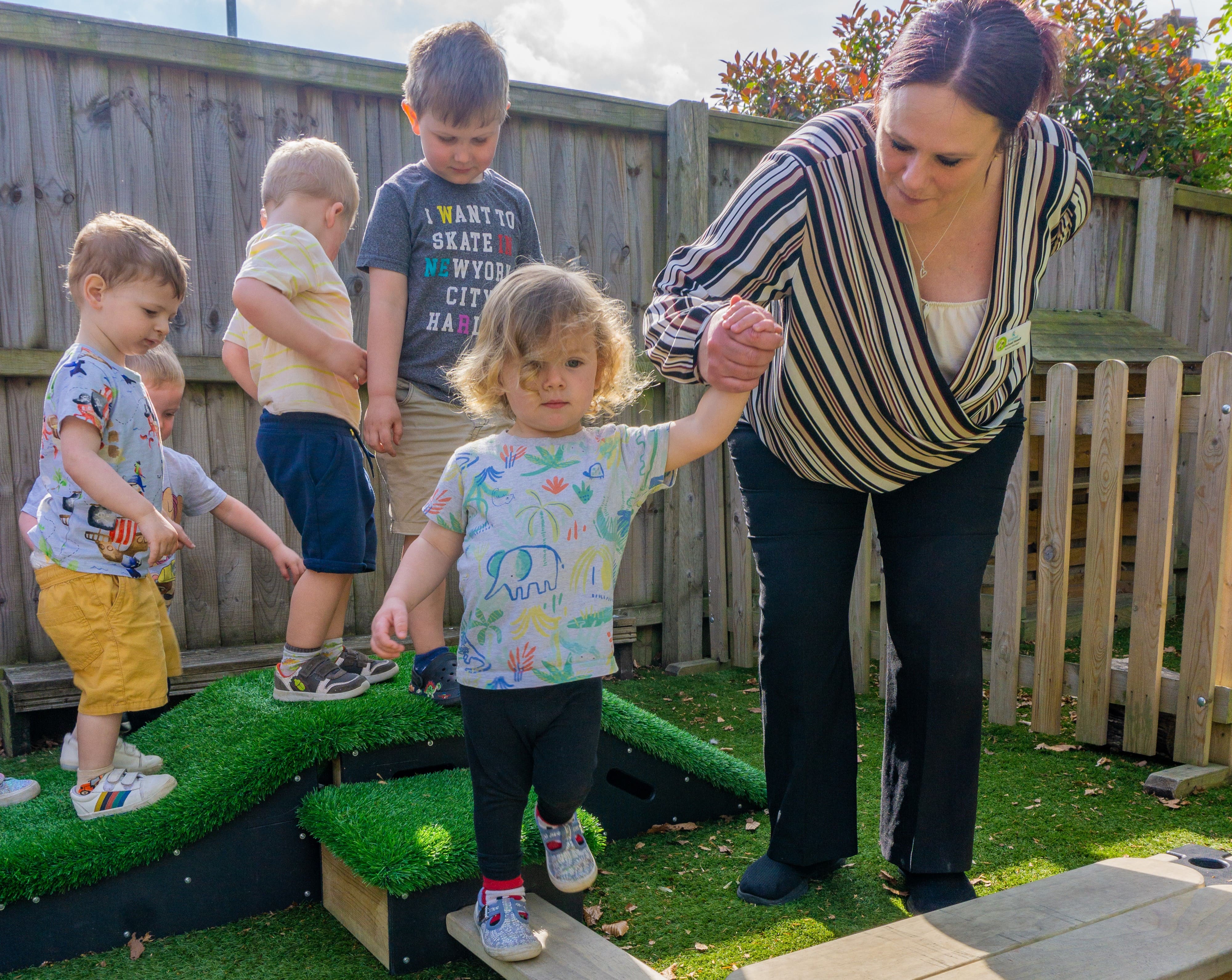
With the right support a deaf child can achieve as much as a hearing child. Having high expectations of deaf children and young people is vital.



